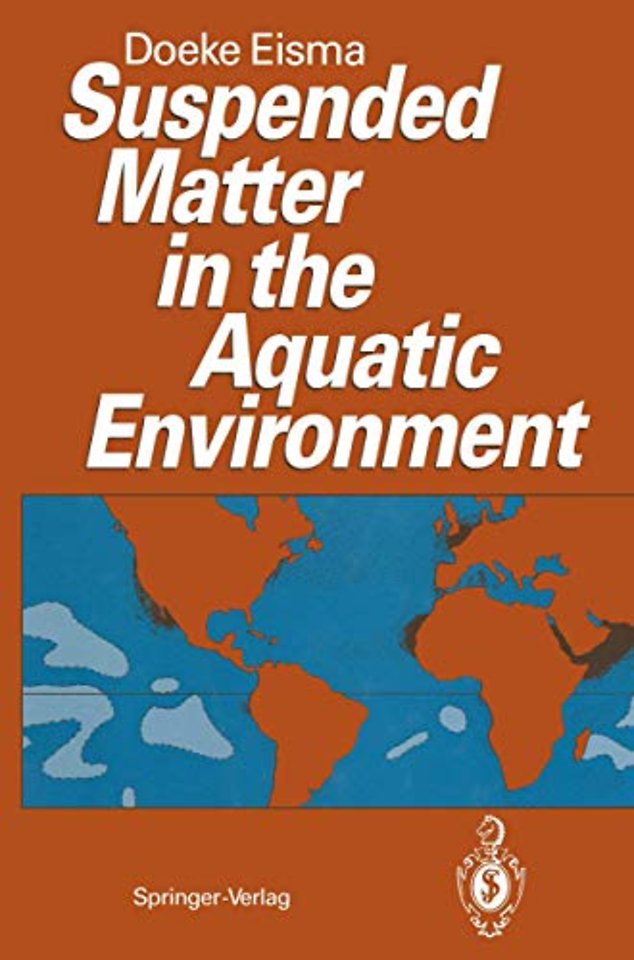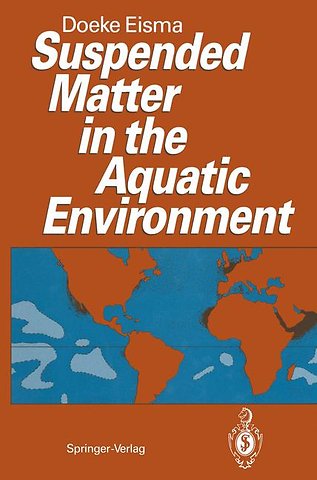Suspended Matter in the Aquatic Environment
Samenvatting
The purpose of this book is to give an introduction to the most important aspects of suspended matter in the aquatic environment: its origin and composition, the concentration distribution, transport and deposition, and the most important physical-chemical-bio logical process that affects suspended matter: flocculation. In Chap ter 1 the development of suspended matter observation and study throughout history is given, with the coming of a more modern approach during the 19th century and the first half of the 20th century, and the development of the present science of suspended matter after 1945. The sources of suspended matter in rivers, lakes, estuaries, and the sea are discussed in Chapter 2, which includes the supply of detrital particles as well as the formation of new particles in the water (organic matter, carbonate, opal). The concentration distribution of suspended matter in rivers, lakes, estuaries, tidal is discussed in Chapter 3, to which is areas, lagoons, and in the sea added a discussion on the sampling of suspended matter and on methods to determine its concentration. Particle composition is treated in Chapter 4, to which is added a section (4. 6) on the compositional analysis of suspended particles. Also included is a discussion on particle surface characteristics and the adsorption of elements and compounds onto particles.

